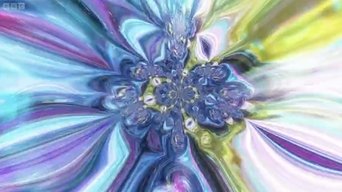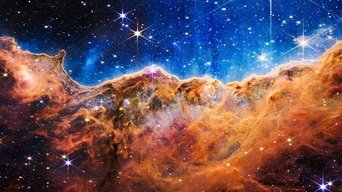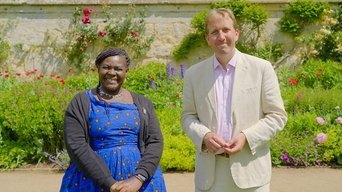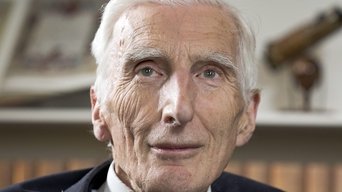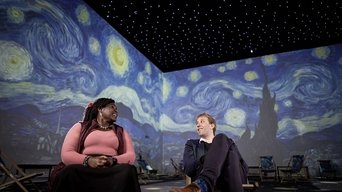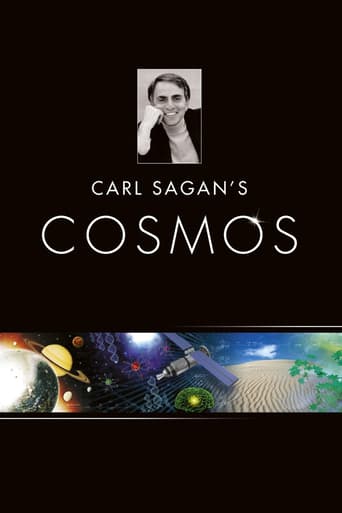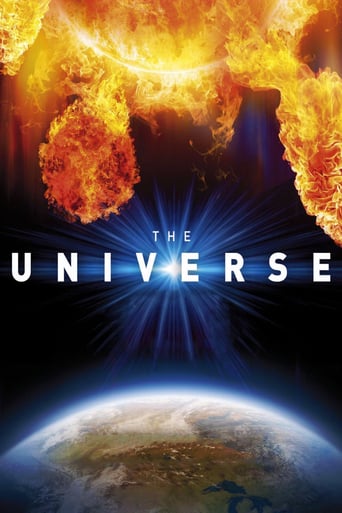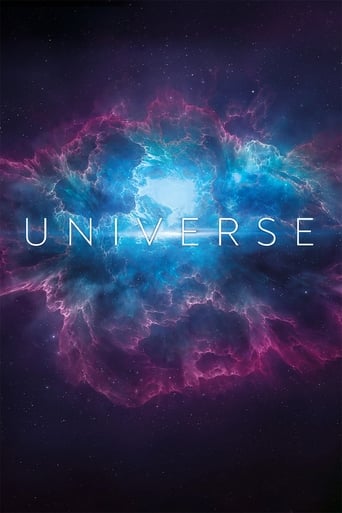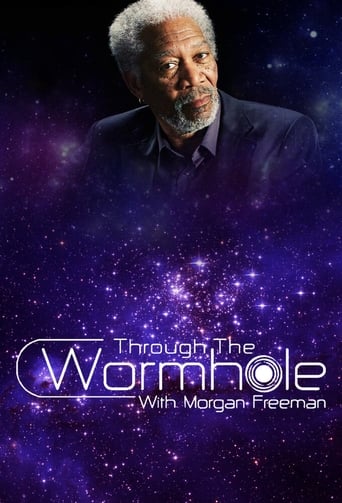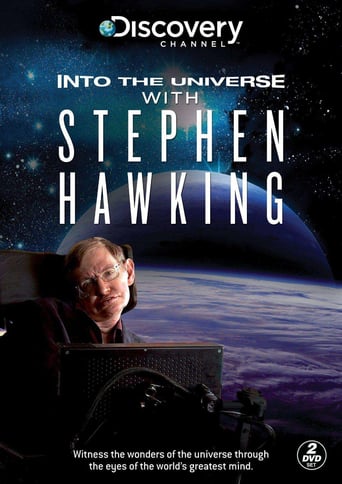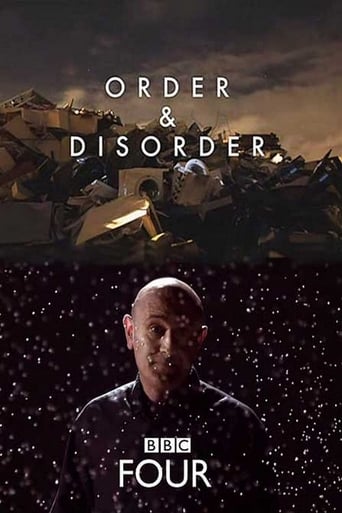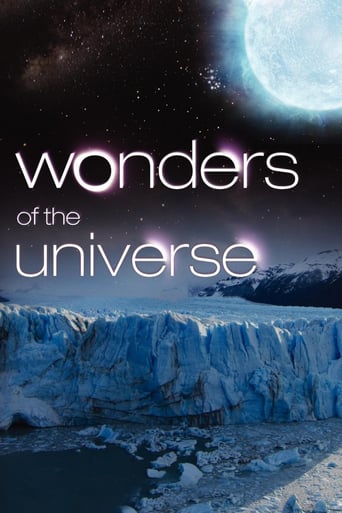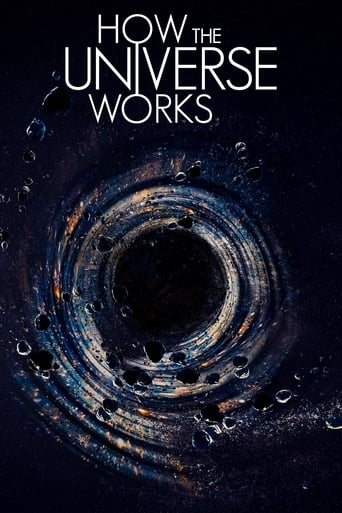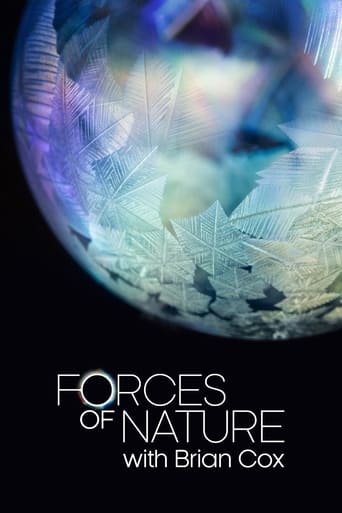The Sky at Night Season 2022
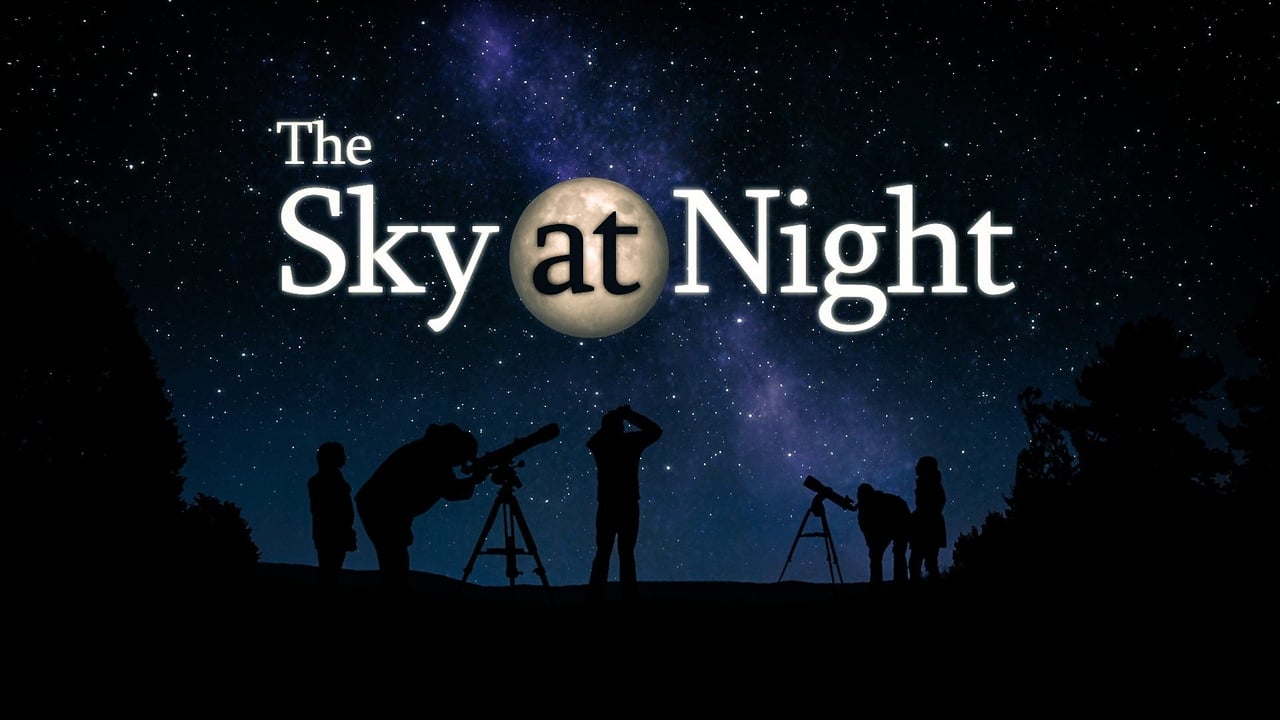
Your monthly journey through the fascinating world of space and astronomy with the latest thinking on what's out there in space and what you can see in the night sky.
Watch NowWith 30 Day Free Trial!
The Sky at Night
1957 / NR
Your monthly journey through the fascinating world of space and astronomy with the latest thinking on what's out there in space and what you can see in the night sky.
Watch Trailer
The Sky at Night Season 2022 Full Episode Guide
The Sky at Night in the Multiverse of Mystery is a magical journey into the far-flung ideas at the very edge of scientific knowledge, exploring the concepts that today seem like science fiction but may one day become science fact. Delving into the archive at the Royal Society, we look at the dreamers who first considered the possibility of travelling to the moon and black holes long before they could be proven to exist. From there, the team explore some ideas and theories that today could be dismissed as fanciful thinking.
A special ‘Question Time’ edition of the programme, recorded at The Venue in De Montford University, Leicester, as part of the British Science Association’s annual science festival. Chris, Maggie and Pete are joined on stage by planetary scientist Dr Suzie Imber and astronomer Professor Nial Tanvir to answer questions from viewers, covering all things astronomical – from the size of the universe to the possible nature of alien life.
For centuries, humans have been drawing what they see in the night sky through telescopes. But there is something about a photograph that can make you feel you are right there, up close to the moon, planet, star or galaxy you are looking at. Having the light from those distance objects, fixed in an image, has meant scientists can analyse and understand the beautiful universe around us. So, this month, the Sky at Night is looking at the wonderful world of astrophotography.
On 12 July 2022, the Sky at Night joined the rest of the world to watch as the James Webb Space Telescope released its long-awaited first images. And it didn't disappoint. Stars and galaxies were revealed in such detail that they blew even the most experienced astronomers away. However, as spectacular as these images were, it was the data that they represented that really excited the scientists watching.
The British weather is often the enemy of stargazers up and down the country. A forecast of a couple of hours of cloud cover will disappoint even the most determined amateur astronomers. In this programme, the Sky at Night becomes the 'Sky at Day', providing an alternative range of spectacles to observe and activities to partake in, ideal when the nights are short and the stars are hiding behind the clouds.
Martin Rees is perhaps Britain’s most renowned cosmologist. Now, about to celebrate his eightieth birthday, Lord Rees talks to Chris Lintott about his career in science.
2022 marks the fiftieth year since an astronaut last stepped on the moon's surface. We look back at the legacy of the Apollo programme and forward to the future of lunar exploration. Maggie and Chris visit the Science Museum in London, where Maggie discovers from space curator Doug Millard that one of the museum's star attractions – Apollo 10's command module – nearly did not make it back to Earth.
New scientific methods to discover exoplanets, and how the winter dakness in Antarctica helps here.
The team explores light pollution and what might be done to mitigate its effects.
Free Trial Channels
Seasons





